Warp’s new agentic development environment helps developers work with AI coding agents
The startup Warp is best known for its modern, AI-empowered take on the terminal—the decades-old, text-based interface that’s invisible to most in a world of touchscreens and mice, but still beloved by programmers and system administrators. The terminal is probably most familiar to the public from movies and TV shows, where its stark black background and arcane command-line language have come to symbolize hacker prowess. Warp added features that make the terminal and its often-cryptic commands less intimidating and easier to use, such as AI-enhanced autocomplete and suggestions, along with a collaborative system called Warp Drive that lets coworkers share frequently used commands and best practices. Now, Warp is betting that a similar kind of interface will help developers command artificial intelligence, in a world where code is increasingly generated and deployed by typing prompts to AI rather than writing it directly. [Image: Courtesy of Warp] “We’re moving from a world where developers traditionally have done most of their work by hand to one where they’re doing their work by prompt with agents,” says Zach Lloyd, Warp’s founder and CEO. Traditionally, developers have worked in an integrated development environment (IDE), which combines tools for navigating files, specialized text editing tabs for writing code, and easy access to tools that compile human-readable code into something computers can run. They’ve also often used terminal software like Warp’s—or more basic versions—to deploy code to servers, start automated processes, and troubleshoot errors. Zack Lloyd [Photo: Courtesy of Warp] But today, coders increasingly perform these tasks by issuing prompts to AI agents, which can generate code, execute commands to deploy it, and even diagnose problems on their own. “Our thesis is that to support this new workflow, what is needed is a workbench that really is neither the IDE or the terminal,” Lloyd says. That’s why Warp is launching what it calls an agentic development environment—a new class of tool that emphasizes terminal-style panes or tabs for typing prompts to AI agents, along with controls to help supervise the AI’s operations. These controls regulate when AI agents need human approval to make changes to code or restrict them from executing certain commands—such as deleting files—without explicit permission. Power users can open multiple tabs to interact with various agents, powered by AI from labs like Anthropic and OpenAI, and can monitor and guide them as they work—similar to how developers have always invoked command-line tools from the terminal. AI agents can also execute terminal commands themselves under user supervision, useful for everything from managing cloud computing servers to debugging error messages. An enhanced version of Warp Drive even allows users to share information with AI agents as well as with human coworkers. [Image: Courtesy of Warp] “We’ve made this investment even before LLMs of, how do you centralize the team’s knowledge,” says Lloyd. “And that’s super valuable for an agent to access as well.” Since AI is still far from infallible, users can easily edit AI-generated code changes—called diffs (short for differences, in developer jargon)—before approving them, or re-prompt the AI to correct errors. Individual Warp users can choose whether to operate entirely via prompts, or to open more traditional panes to edit code line by line, review AI changes, or use the classic Warp terminal. [Image: Courtesy of Warp] Lloyd says that integrating all of these features into a single AI-centric environment gives Warp an edge over other AI development tools like Cursor and Windsurf, which focus primarily on writing code. And by building a complete development environment—including coding and terminal tools—Warp has an advantage over Anthropic’s Claude Code, which operates from within a terminal, he says. “We are one layer outside of that, so we can be the whole agentic development environment, which means that we can do things in terms of the user experience that they just simply can’t do,” Lloyd says. “We can have diffs editable, we can do system notifications, we can have a UX for managing agents across all your panes and tabs.” Warp, which already has more than 500,000 users, plans to keep pricing the same as it rolls out these new features, with plans starting at $15 and $40 per month, alongside a limited free version and custom pricing for enterprise editions. Lloyd says revenue is growing fast—between 5% and 15% per week during 2025—and he’s optimistic that trend will continue as developers look for tools to efficiently steer and collaborate with AI coding agents. “It just is cool that that interface that we built for doing this with commands works extremely well for agents,” he says.

The startup Warp is best known for its modern, AI-empowered take on the terminal—the decades-old, text-based interface that’s invisible to most in a world of touchscreens and mice, but still beloved by programmers and system administrators.
The terminal is probably most familiar to the public from movies and TV shows, where its stark black background and arcane command-line language have come to symbolize hacker prowess. Warp added features that make the terminal and its often-cryptic commands less intimidating and easier to use, such as AI-enhanced autocomplete and suggestions, along with a collaborative system called Warp Drive that lets coworkers share frequently used commands and best practices.
Now, Warp is betting that a similar kind of interface will help developers command artificial intelligence, in a world where code is increasingly generated and deployed by typing prompts to AI rather than writing it directly.
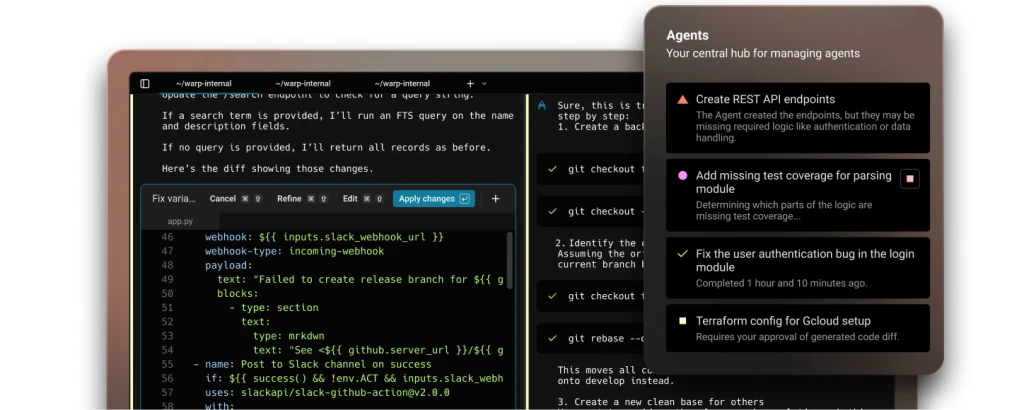
“We’re moving from a world where developers traditionally have done most of their work by hand to one where they’re doing their work by prompt with agents,” says Zach Lloyd, Warp’s founder and CEO.
Traditionally, developers have worked in an integrated development environment (IDE), which combines tools for navigating files, specialized text editing tabs for writing code, and easy access to tools that compile human-readable code into something computers can run. They’ve also often used terminal software like Warp’s—or more basic versions—to deploy code to servers, start automated processes, and troubleshoot errors.

But today, coders increasingly perform these tasks by issuing prompts to AI agents, which can generate code, execute commands to deploy it, and even diagnose problems on their own.
“Our thesis is that to support this new workflow, what is needed is a workbench that really is neither the IDE or the terminal,” Lloyd says.
That’s why Warp is launching what it calls an agentic development environment—a new class of tool that emphasizes terminal-style panes or tabs for typing prompts to AI agents, along with controls to help supervise the AI’s operations. These controls regulate when AI agents need human approval to make changes to code or restrict them from executing certain commands—such as deleting files—without explicit permission. Power users can open multiple tabs to interact with various agents, powered by AI from labs like Anthropic and OpenAI, and can monitor and guide them as they work—similar to how developers have always invoked command-line tools from the terminal. AI agents can also execute terminal commands themselves under user supervision, useful for everything from managing cloud computing servers to debugging error messages.
An enhanced version of Warp Drive even allows users to share information with AI agents as well as with human coworkers.
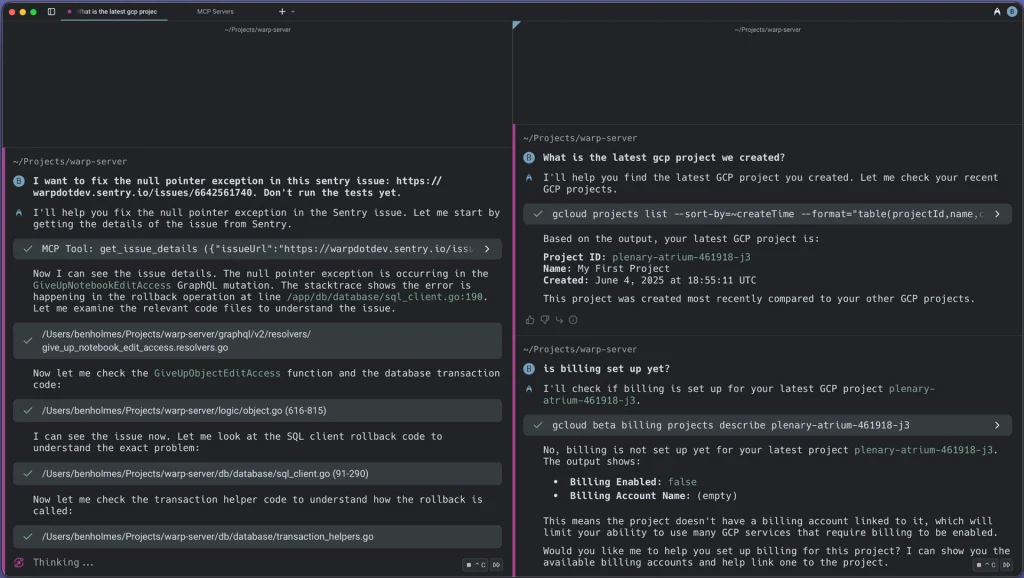
“We’ve made this investment even before LLMs of, how do you centralize the team’s knowledge,” says Lloyd. “And that’s super valuable for an agent to access as well.”
Since AI is still far from infallible, users can easily edit AI-generated code changes—called diffs (short for differences, in developer jargon)—before approving them, or re-prompt the AI to correct errors. Individual Warp users can choose whether to operate entirely via prompts, or to open more traditional panes to edit code line by line, review AI changes, or use the classic Warp terminal.

Lloyd says that integrating all of these features into a single AI-centric environment gives Warp an edge over other AI development tools like Cursor and Windsurf, which focus primarily on writing code. And by building a complete development environment—including coding and terminal tools—Warp has an advantage over Anthropic’s Claude Code, which operates from within a terminal, he says.
“We are one layer outside of that, so we can be the whole agentic development environment, which means that we can do things in terms of the user experience that they just simply can’t do,” Lloyd says. “We can have diffs editable, we can do system notifications, we can have a UX for managing agents across all your panes and tabs.”
Warp, which already has more than 500,000 users, plans to keep pricing the same as it rolls out these new features, with plans starting at $15 and $40 per month, alongside a limited free version and custom pricing for enterprise editions. Lloyd says revenue is growing fast—between 5% and 15% per week during 2025—and he’s optimistic that trend will continue as developers look for tools to efficiently steer and collaborate with AI coding agents.
“It just is cool that that interface that we built for doing this with commands works extremely well for agents,” he says.




































































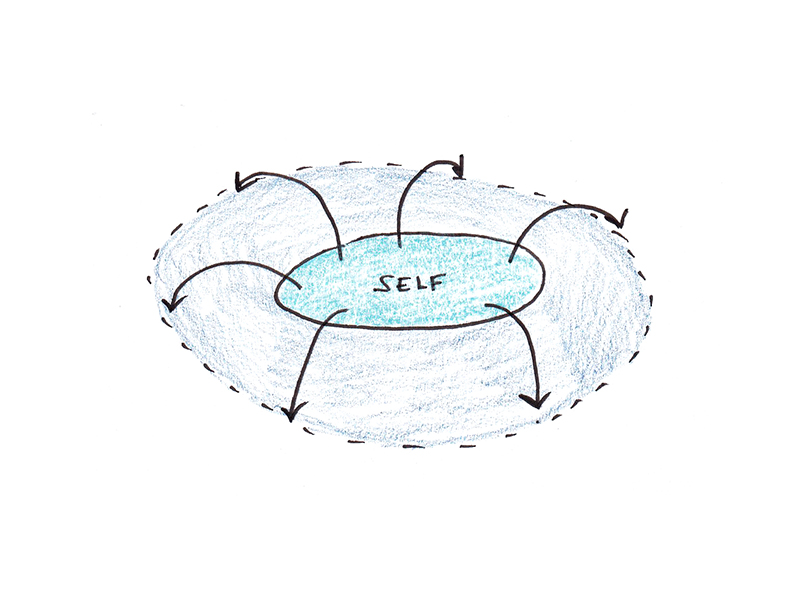

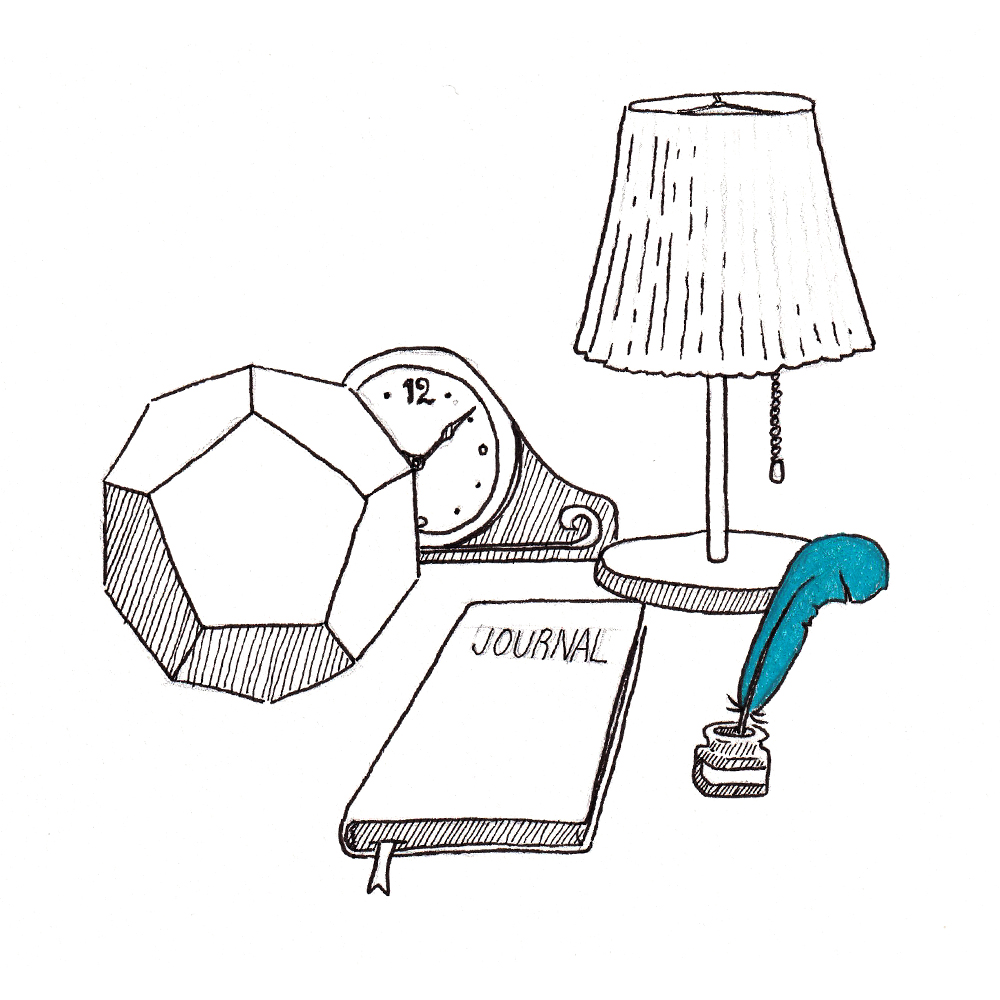



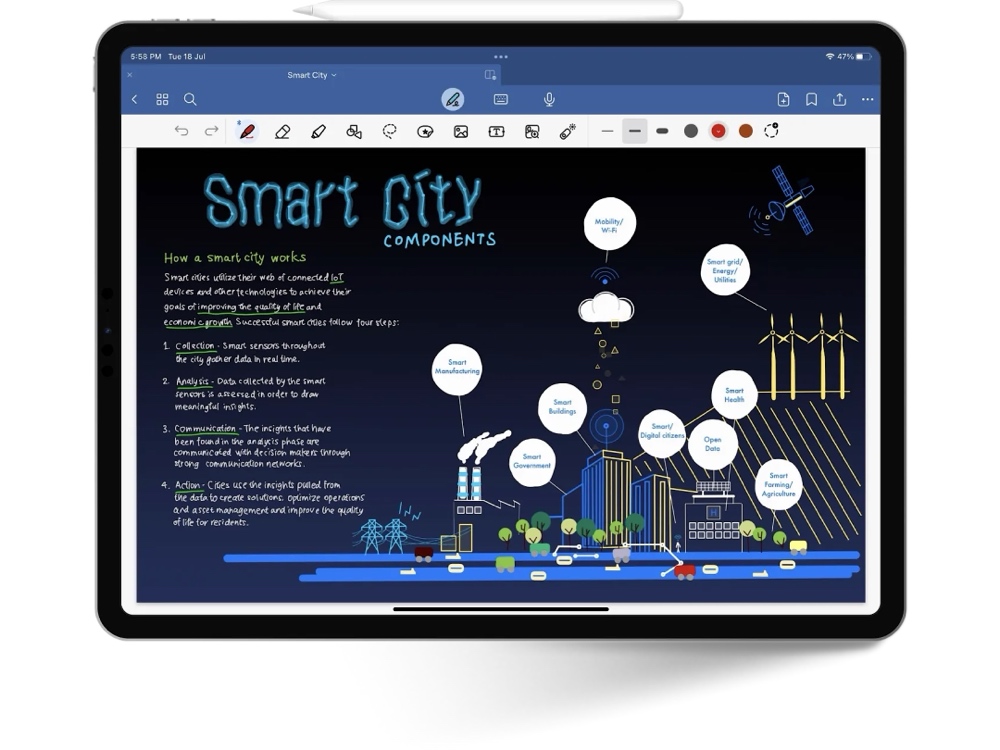

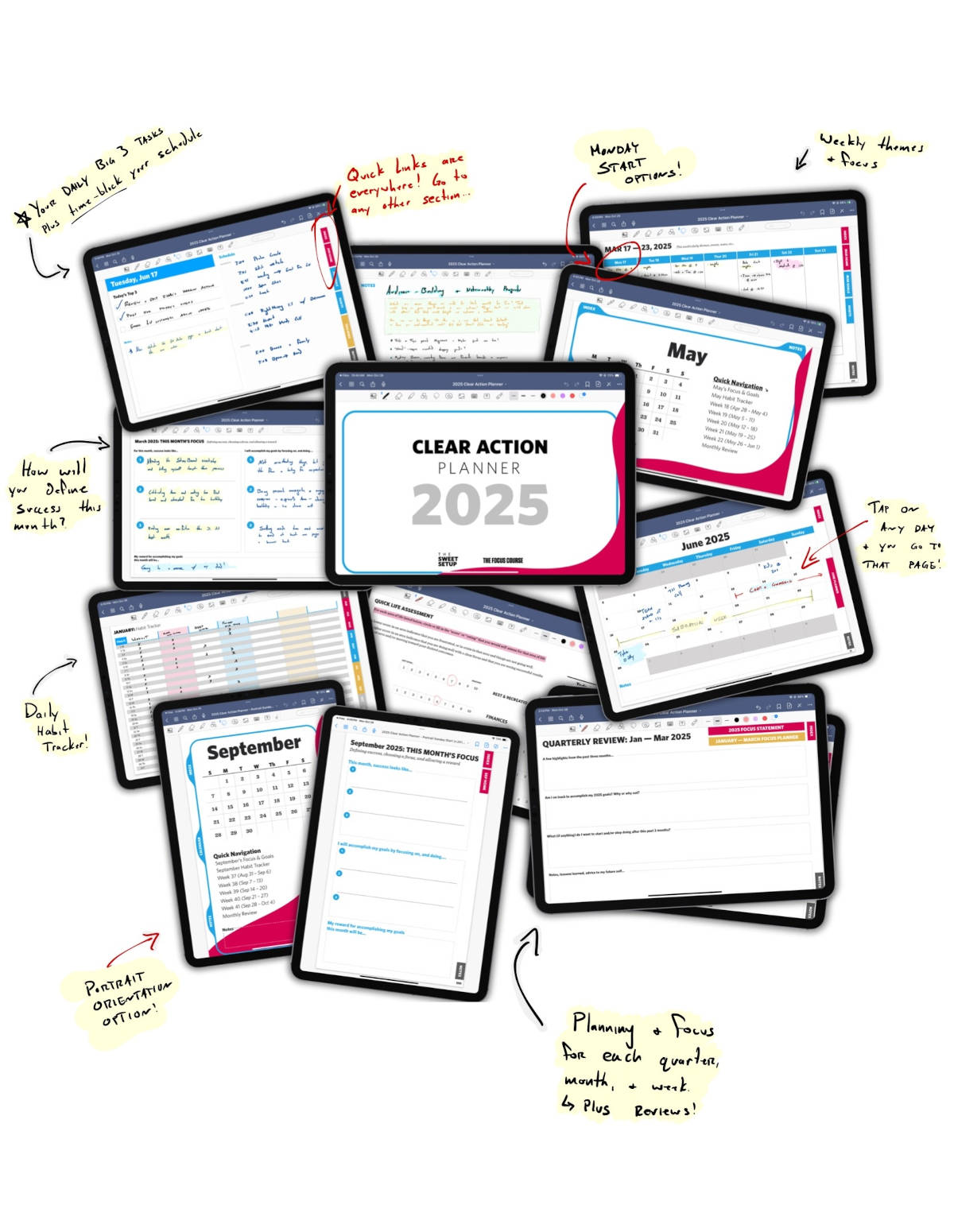




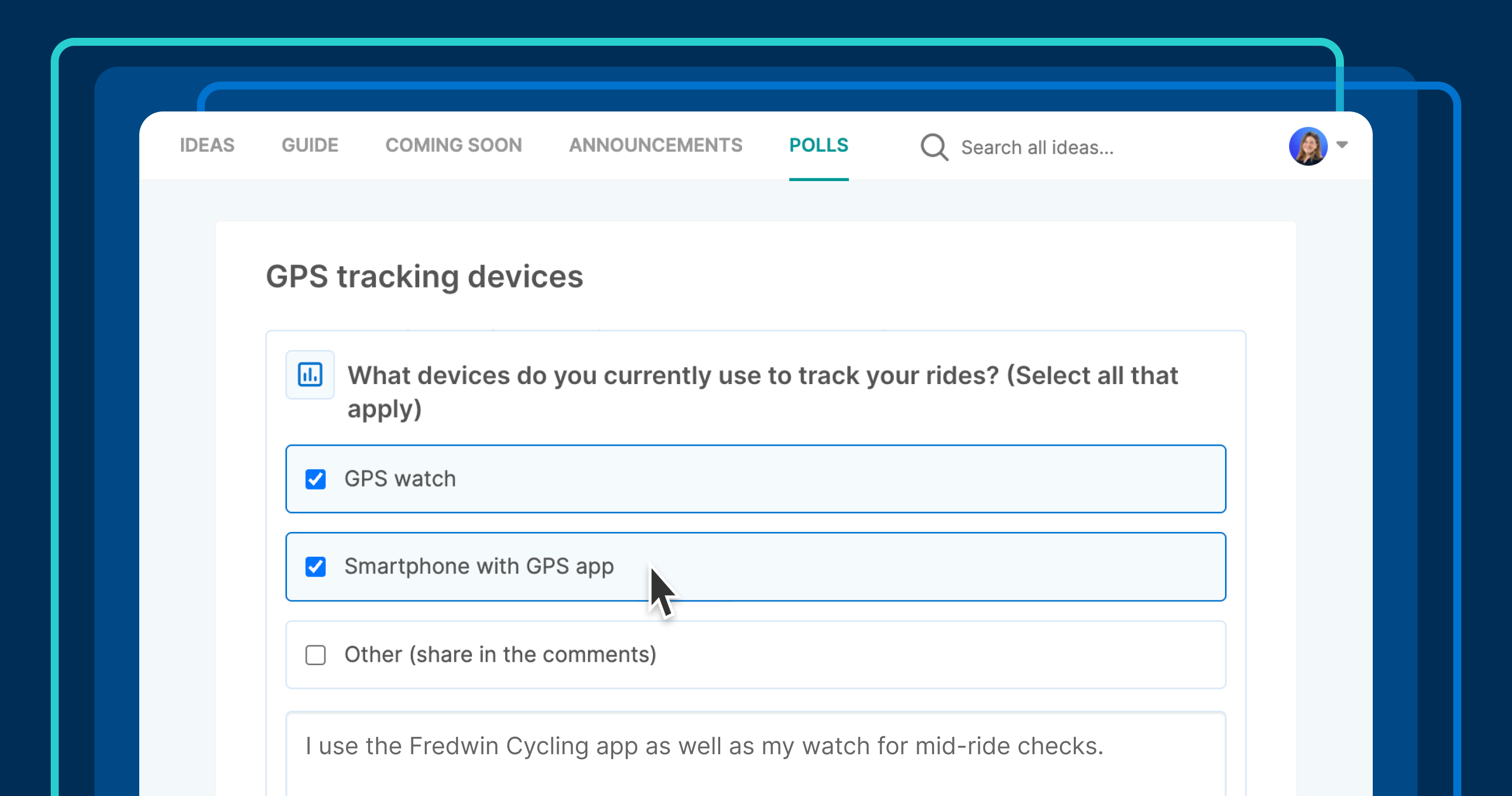








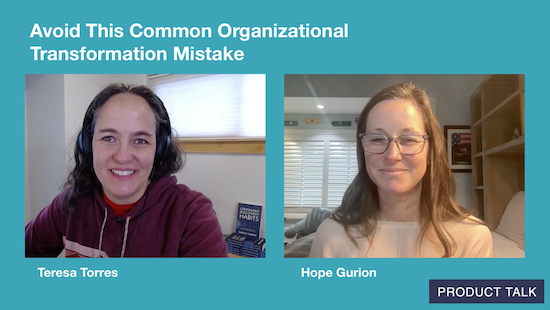
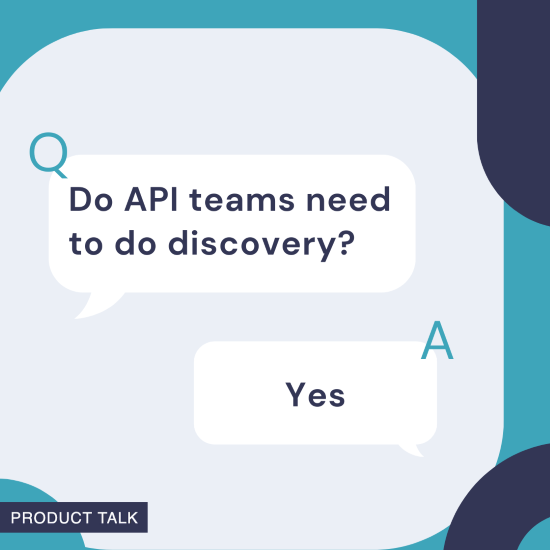









![Building A Digital PR Strategy: 10 Essential Steps for Beginners [With Examples]](https://buzzsumo.com/wp-content/uploads/2023/09/Building-A-Digital-PR-Strategy-10-Essential-Steps-for-Beginners-With-Examples-bblog-masthead.jpg)


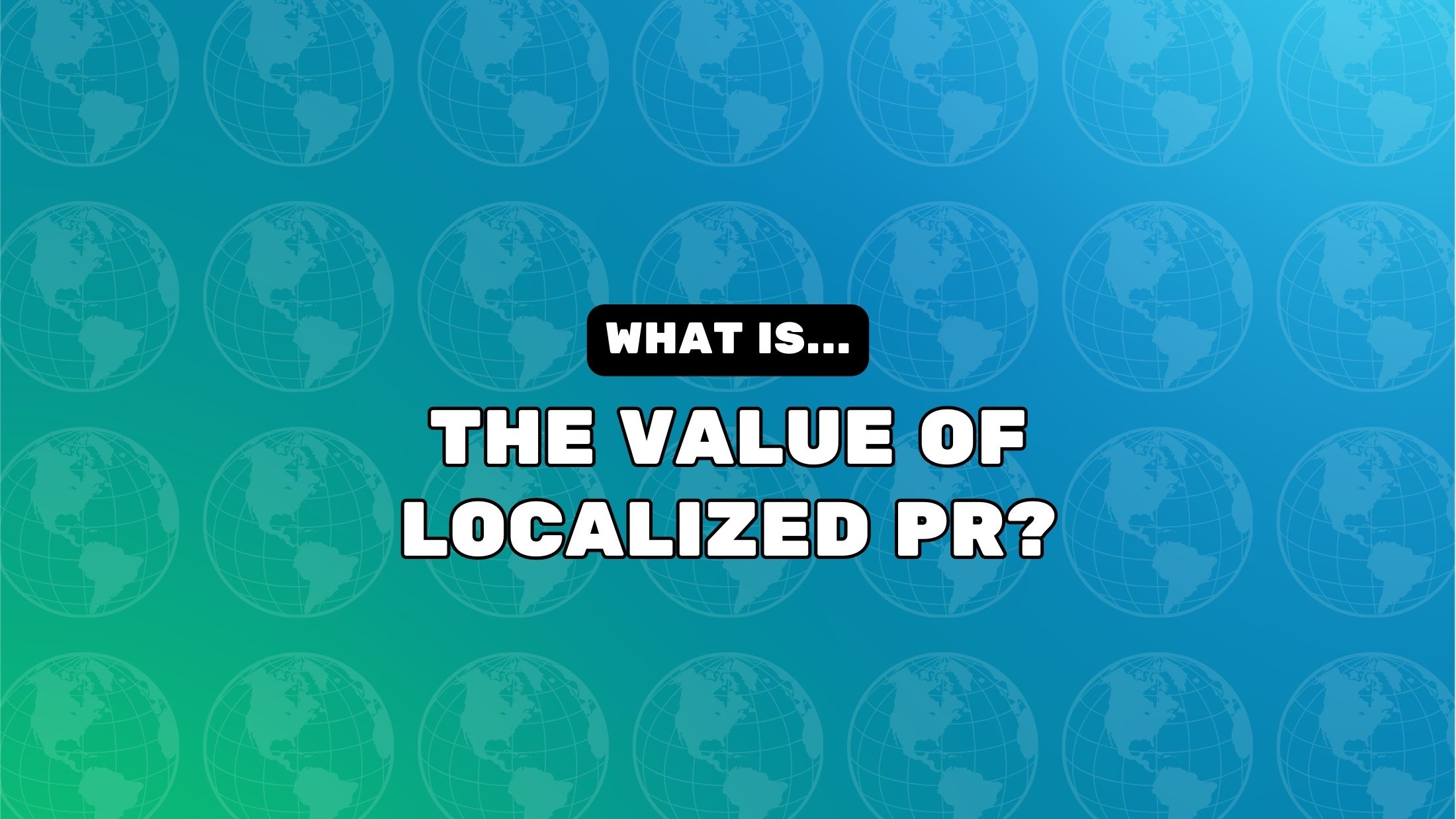


























![Senior Support Engineer - US West [IC3] at Sourcegraph](
https://nodesk.co/remote-companies/assets/logos/sourcegraph.f91af2c37bfa65f4a3a16b8d500367636e2a0fa3f05dcdeb13bf95cf6de09046.png
)




















